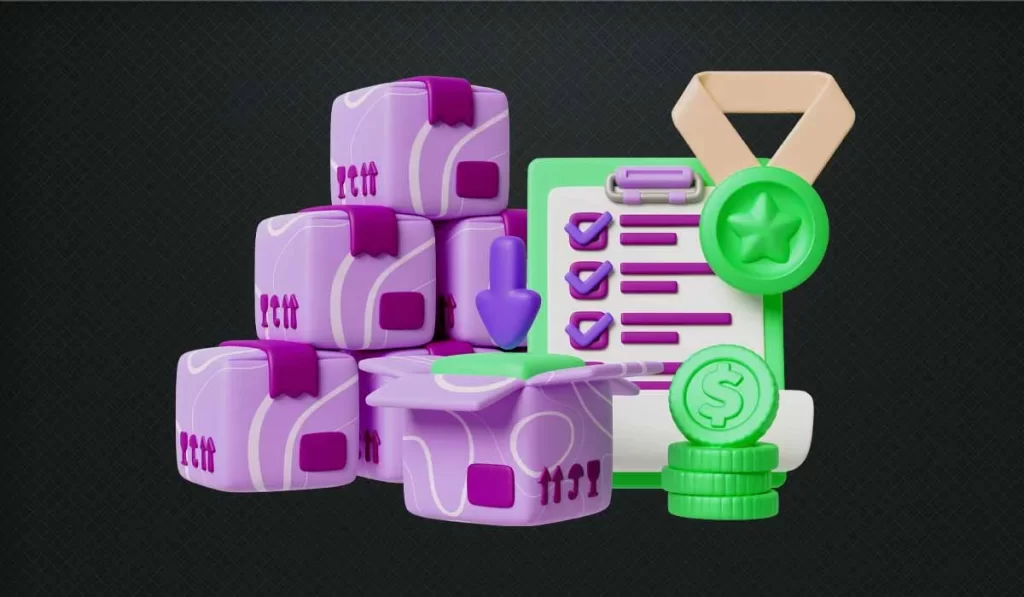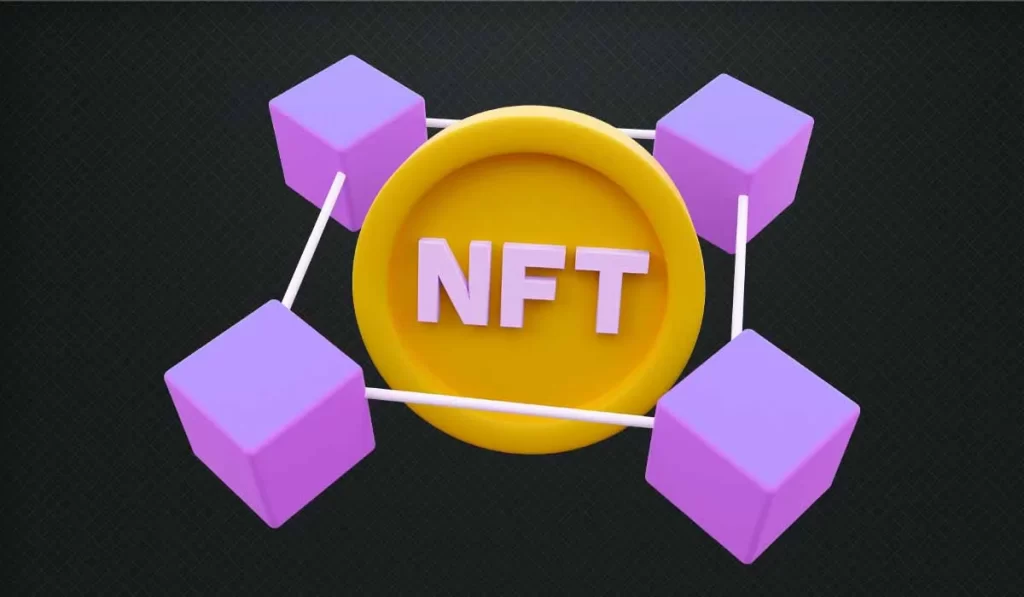Blockchain is the underlining technology that makes cryptocurrencies possible. Without blockchain doing this, making cryptocurrencies possible and keeping them secure, cryptocurrency would be easy for people to make up.
Through distributed ledger technology, blockchain technology protects Bitcoin, Ethereum, Algorand, Ripple, Tron, and other cryptocurrencies. However, this could only exist with cryptography technology.
We will discuss the origins and uses of cryptography in this article. We’ll look at three main types of cryptographic methods: hashing algorithms, public-key encryption (asymmetrical), and private-key encryption (symmetric). Finally, I’ll explain why these methods are essential to blockchain technology.
What is Cryptography?

Cryptography is an approach to internet security. It is the process of coding information (encryption) so that only the intended recipient can access it.
Cryptography uses math and algorithms to transform data so that it can only be interpreted by an authorized person or device. When this encryption is used correctly, it protects data from would-be hackers.
Cryptography encodes a plaintext message into ciphertext using an algorithm and key. Since the original text can be so easily hidden in this form, it is a safe way to transmit secrets over long distances.
Types of Cryptography

There are three main types of encryption;
1 Symmetric Cryptography

Symmetric cryptography is the first method for encrypting data. To decrypt the encoded information, you need to know the secret key used to encrypt it. Symmetric cryptography is based on using symmetric keys to encrypt and decrypt information.
Symmetric cryptography offers high levels of security and encryption because both parties use the same key. Because it’s so straightforward, the symmetric can quickly process large amounts of data.”
2 Asymmetric encryption

When you share your password with a receiver through text or mail, hackers can easily see it. It appears your password is not encoded at all, but it’s just easily accessible to the receiver. This is where asymmetric encryption comes in.
Asymmetric cryptography uses two keys for encryption and decryption. These keys are mathematically related, but their relationship cannot be used to derive one from the other.” Asymmetric cryptography uses both public and private keys. As the name implies, a public key can be shared with anyone, while only the owner knows their private key.
Encrypting messages with someone’s public key means they can only unlock it using their private key, so it’s safe and secure. Alternatively, add a digital signature to a data set with your private key. Anyone can use their public key to decode (decrypt) the signature and verify it is you.
3 Hashing

Another aspect of cryptography is hashing. This is a type of algorithm that generates a unique string for any given set of text. Hashing algorithms create digital signatures, secure messages in transit, and ensure data integrity.
A hash can store information about a file or message; the same data can’t produce two different hashes. Hashing is also one of the most effective ways to detect tampering; any changes to the original document will produce a different hash.
It’s impossible to reconstruct the original data after it goes through a hash function. You can’t reverse the hash function and get the original message. Only people with the key (or access to information that allows them to derive it) could recover your original data from a hash.
An example of hash is 01dfae6e5d4d90d9892622325959afbe:7050461.
How Cryptography Benefits Blockchain

Scalability
Hashing in cryptography allows limitless transactions to be recorded securely across the network. Blockchains can continue growing at scale without sacrificing security or stability by allowing multiple transactions to combine into one hash.
Reliability

Cryptographic hashing makes it impossible to change or undo transactions in the digital ledger. This process protects all users from adversarial actions and ensures records’ accuracy.
The immutability and transparency of blockchain technology ensure that any changes made to the ledger are automatically visible to all users. This makes it impossible for a single entity to alter or destroy records without being detected by others on the network.
Security

Cryptography is the backbone of blockchain security. Each transaction is recorded on the ledger using encrypted data, and each user has access to their information and a public key that allows them to transact securely.
A blockchain records the hash of its root node, with each transaction securely coded within it. Suppose someone tries to tamper with data from any part of the blockchain. In that case, that change will result in a completely different hash at the root node, alerting everyone else on the network and causing them not to accept this new version as authentic.
Final Words – Why Cryptography is Necessary in the Blockchain World

Cryptography allows us to transmit cryptocurrency and securely track transactions over time. It enables us to trade cryptocurrency securely, avoiding reliance on any single authority. It also guards against inflation by ensuring blocks will continue to be added steadily.
Cryptographic hashing allows blockchains to store vast numbers of transactions and protects those transactions from hackers. Thanks to cryptography, it makes online transactions are safe, verifiable—and scalable.














Leave feedback about this